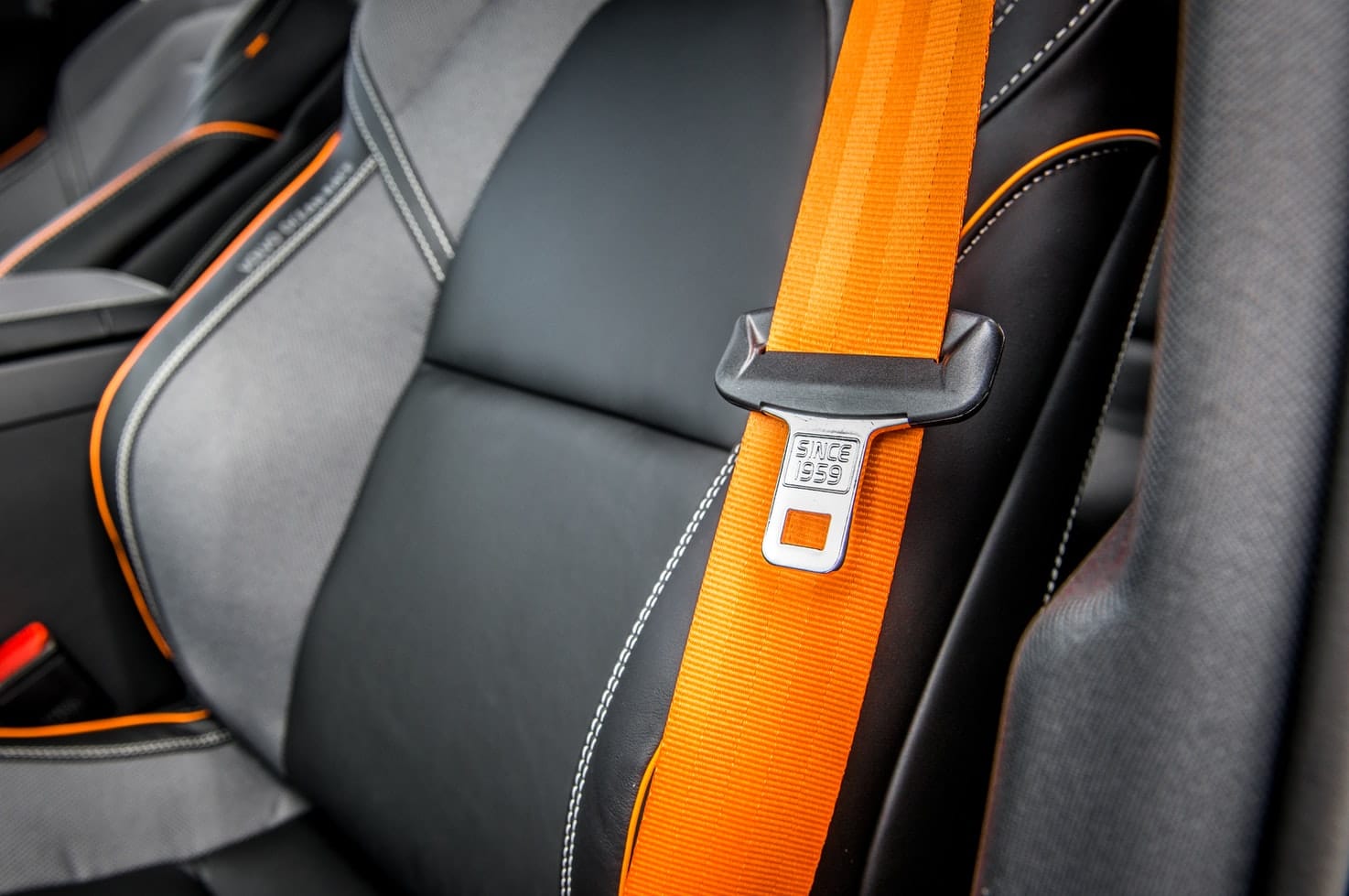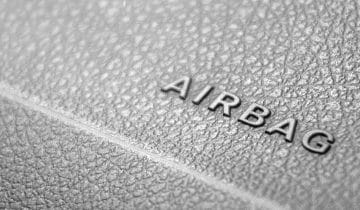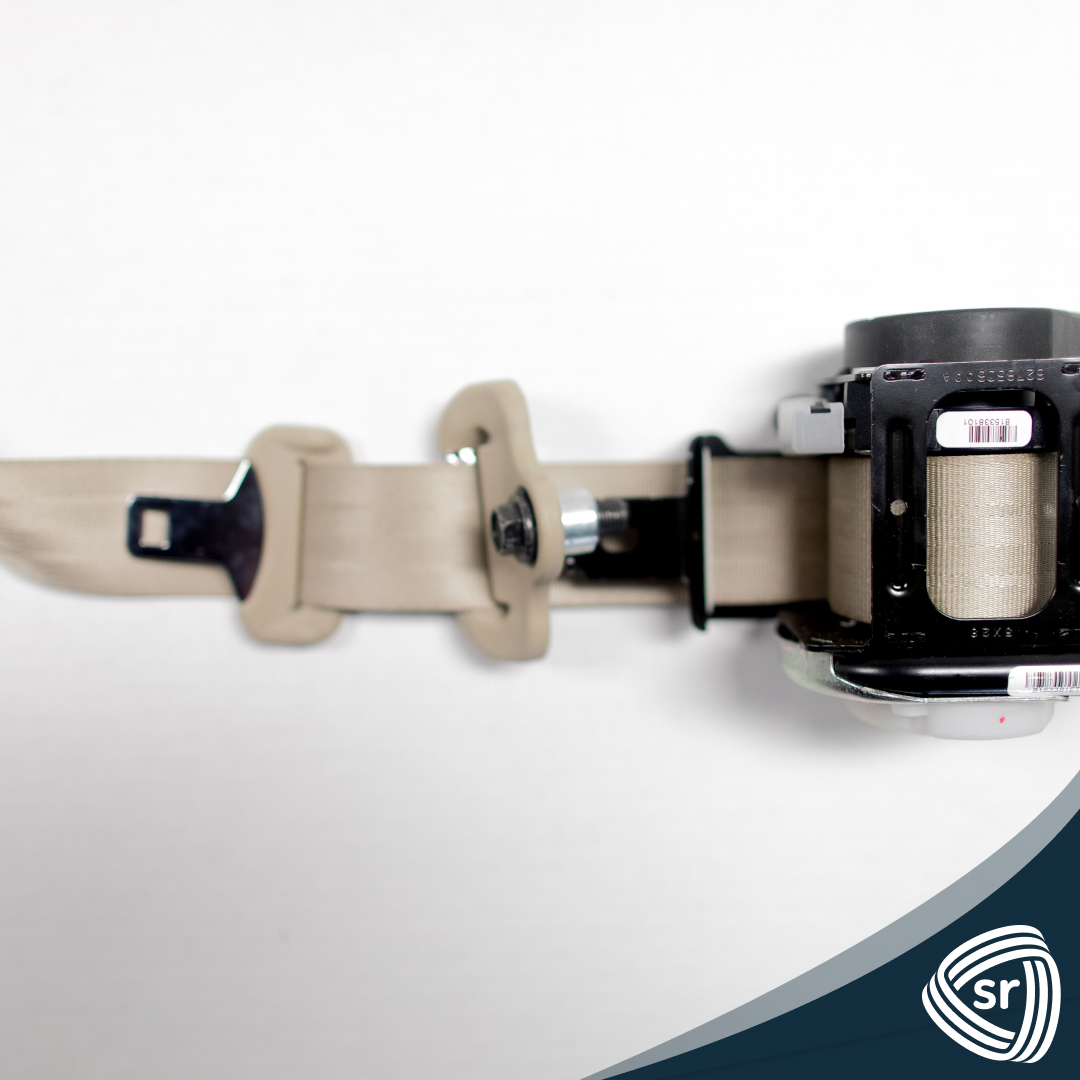Accidents are unpredictable and unavoidable, especially for people who use vehicles casually or regularly. That is why there are seat belts in your cars. They are designed to lessen the impact in case of an accident. However, malfunctioning seat belts are not an uncommon problem for many car owners.
A broken seat belt is not something that you should ignore because it is not just an inconvenience you are risking here. Your safety is on the line as well. Repairing seat belts can be easy as long as you know about the fundamentals. To fix jammed or malfunctioning seat belts, you should first learn more about the components of the seat belts.
Read on to learn what composes a seat belt and how to fix it when it gets jammed or malfunctions.
What Are the Parts of a Seat Belt?
To understand how seat belts work, you should learn what makes up a seat belt.
1. Retractor
The retractor of a seat belt is the part that enables the inward and outward distribution of webbing under normal operating conditions. It also locks the seat belt’s webbing in a fixed position when something pulls it outward in an abrupt manner.
2. Latch Plate
The latch plate is the seat belt part that slides up and down on the restraint’s webbing. It locks in place in the system’s buckle. You can release the latch plate from the buckle once you press in manually.
3. Buckle
The buckle is part of a seat belt for securing the restraint’s latch plate. When you fasten your seat belt, the latch plate snaps into the buckle to lock it in place until you release it manually.
4. Webbing
The webbing is the belt for motorists as this part wraps around a vehicle’s occupant. Webbing also serves as a restraining device if there’s any collision.
How to Repair a Seat Belt That Won’t Retract
The most common problem in seat belts is the retractor malfunctioning due to twisted webbing. Below are some tips on how to fix the issue.
1. Unbuckle the Seat Belt
The first thing to do to fix a seatbelt that won’t retract is to unbuckle it. Doing so can create slack in the webbing of the unit. For this step, slowly feed the seat belt backward as you try to allow an inch or two of retraction.
2. Pull the Seat Belt
After unbuckling the seatbelt, pull it slowly outward until you see it fully extended. Doing so can clear any present webbing twists.
3. Look for Signs of Twists
The next step is to study the belt for signs of twists as you continue pulling your seat belt outward. This step is crucial, so you should pay close attention to any signs of twisting in areas of low clearance.
Conclusion
Seat belts are an essential part of vehicles as they can secure the lives of both passengers and drivers. Please do not ignore any problems you experience with your seat belts because these can put your life at risk. Schedule a consultation for seat belt repair right away.
Here at Safety Restore, you can rest assured that you only get high-quality seat belt repair services. We are the world’s leader in post-accident seat belt repairs, airbag module replacement, webbing replacement, and instrument cluster repairs. Contact us today so we can help you.


